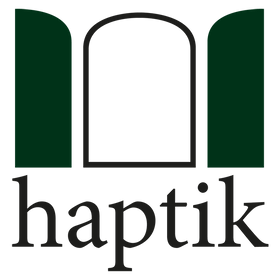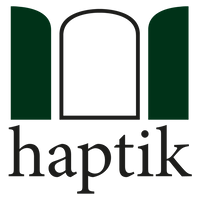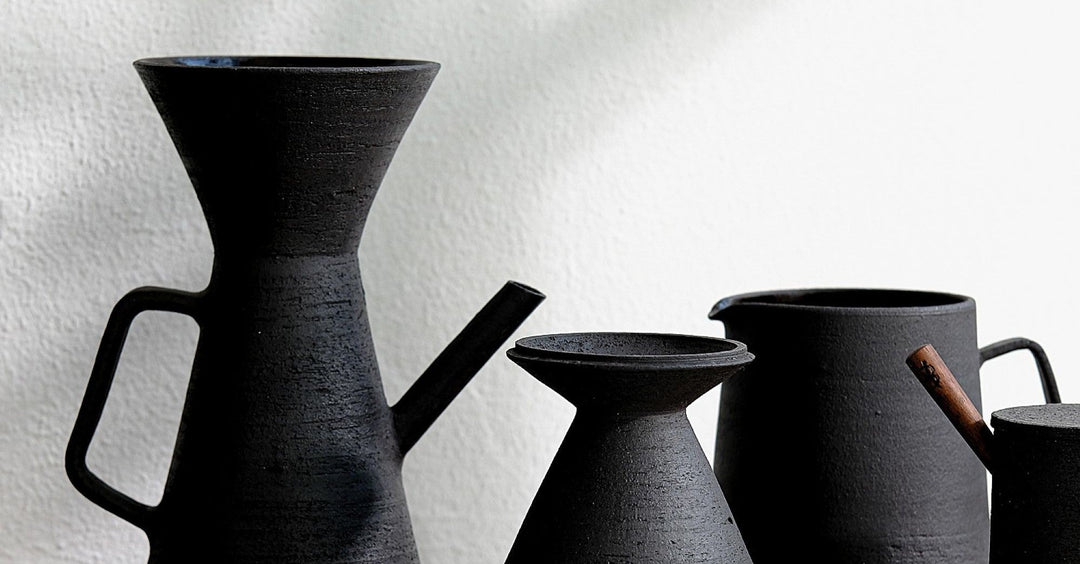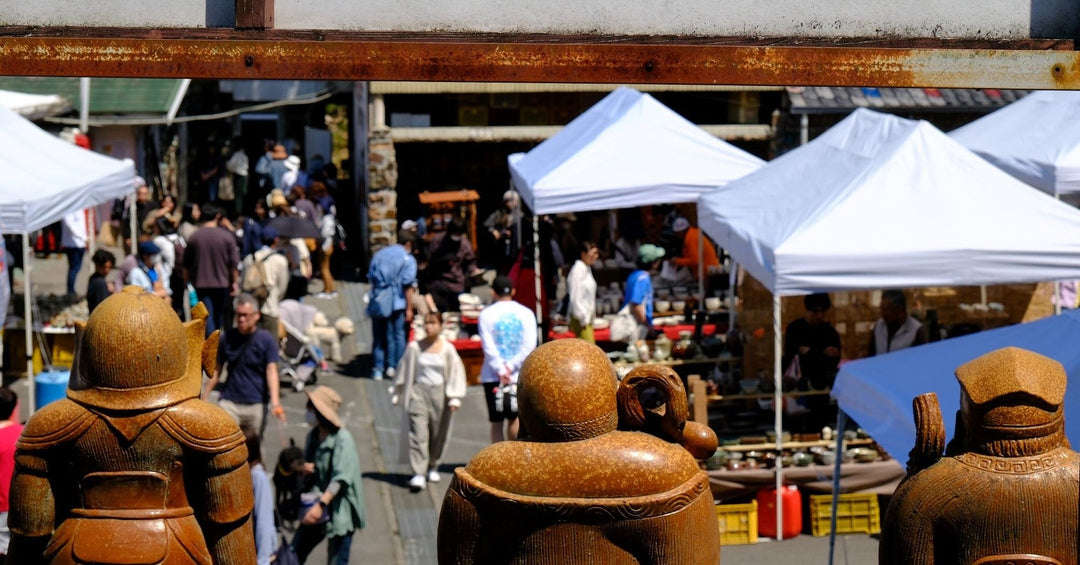
Saeam Kwon is a Korean ceramic artist who lives and works in Berlin-Friedrichshain. Here she writes about herself.
About me
I was born in 1993 in a small town in Taebaek, Korea. In 2009, I started working with clay and since then I have focused on creating fine stoneware that combines minimalist design with traditional Korean influences. I moved to Berlin in 2017 and have been working full-time as a ceramicist ever since, creating all my pieces in my own studio in Berlin-Friedrichshain.
My story
I first came into contact with ceramics in high school, thanks to a teacher who had been a master potter for over 30 years. I was quickly hooked on pottery and spent most weekends practicing in the school studio. Luckily, the studio was always open. So I could work whenever I wanted.
My passion grew even more when I became friends with this teacher. He made Sabal (Korean tea bowls) so effortlessly and this form has stayed with me ever since. I can now make similar pieces myself, but I still remember the awe and admiration I felt watching him work. I try to keep that feeling alive in my own practice.

Later I studied ceramic art at university, but I dropped out. At the time, I thought I had lost interest in ceramics and pottery. But looking back, it wasn't that. It was the academic system that didn't suit me. Before I moved to Berlin, I worked in various studios and spaces that had to do with clay and ceramics. Now I'm really happy to have found what I really love - and even more so that I can make a living from it.
Work processes - how I work
I use rough, dark, muted clay for my work. The look of the objects contrasts with refined details and minimized weight.
I rarely start with a fixed design. I have a rough idea, but I prefer to work directly on the wheel and let the form emerge in my hands. The final design always comes from creating several versions and choosing the best one. Ceramics are unpredictable, sometimes you need dozens, even hundreds of tests. And even if I have a perfect image in my head, I won't know if the realization is possible until I try to make that piece.
 |
 |
Material & Process
I mainly work on the potter's wheel, with black stoneware clay from a German supplier. The clay contains about 40% grog (0-0.5 mm chamotte), which gives the clay excellent stability. Due to this coarse texture, it is often used for working wit hand-building technique and for larger sculptural works. However, it has a lower plasticity, which makes it more difficult to turn on the wheel and is "somewhat" rough on the skin. Nevertheless, I enjoy working with these challenges as the material creates a very expressive surface and almost resembles construction material. Over time, I have learned to turn my objects thin and light, creating a minimalist and brutalist-looking form and a strong contrast with lighter glazes. The dark anthracite to black color of the clay comes from iron and manganese oxides. The clay vitrifies well around 1200 °C, but I often fire it a little higher to achieve an even deeper tone.

Glaze
I use four to five of my special "signature" glazes, mostly homemade. With a strong black and white base glaze, I can mix them in different ratios to create a variety of shades between black and white. One of my favorites is a beautiful grey-blue hue: it is created from a white matte glaze that normally produces a soft, milky surface with natural crackle, but when applied to black clay, it develops a bluish tone due to subtle chemical reactions with the iron content in the clay. Very exciting!
Some pieces are glazed only on the inside with a semi-glossy finish to enhance their functionality as tableware.
Firing
I fire all the pieces in an electric kiln in my studio using oxidation firing. Each piece is fired twice: first at 950 °C and then again at 1250 °C. Some pieces are unglazed but high-fired until the clay body is completely vitrified. This makes the surface dense, non-porous and food-safe. Even without glaze, the vessels remain durable and hygienic for everyday use.
Safety
All my pieces are waterproof, microwave and dishwasher safe and lead-free. (The clay has also been officially certified as food safe by the Korean Ministry of Food and Drug Safety). However, due to the thin and light shapes, I recommend avoiding sudden changes in temperature, e.g. not putting pieces in the freezer or hot oven.
Objects with unglazed surfaces should be rinsed with clear water after cleaning and then dried thoroughly before being stored in the cupboard. Mold can otherwise form, especially in high humidity, if the objects are not dried properly. If an object is stained, it can be soaked overnight in water with a capful of bleach. Repeat this step if necessary and finally soak the object in clean water and then allow it to dry thoroughly.








